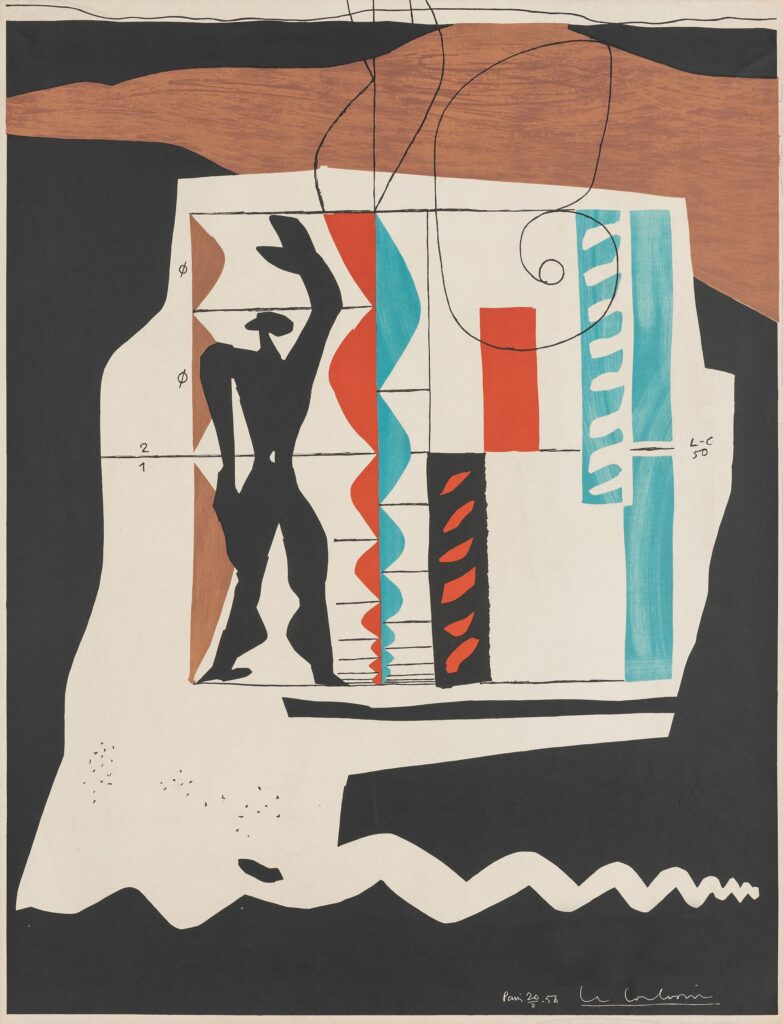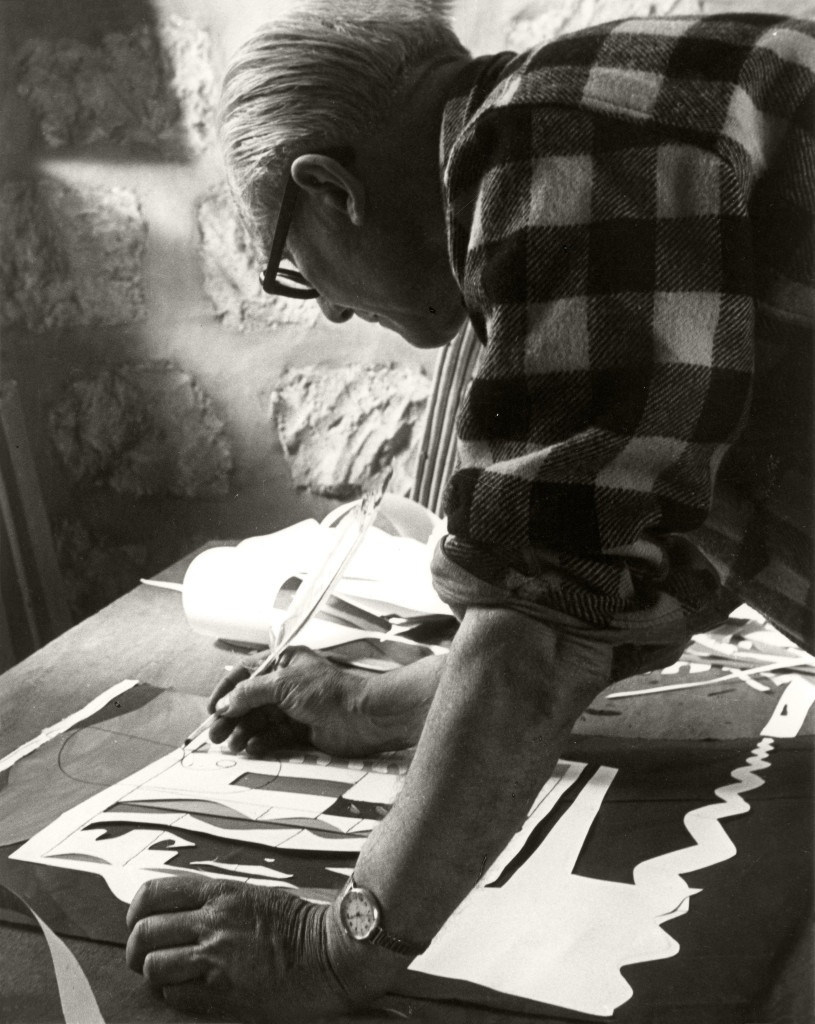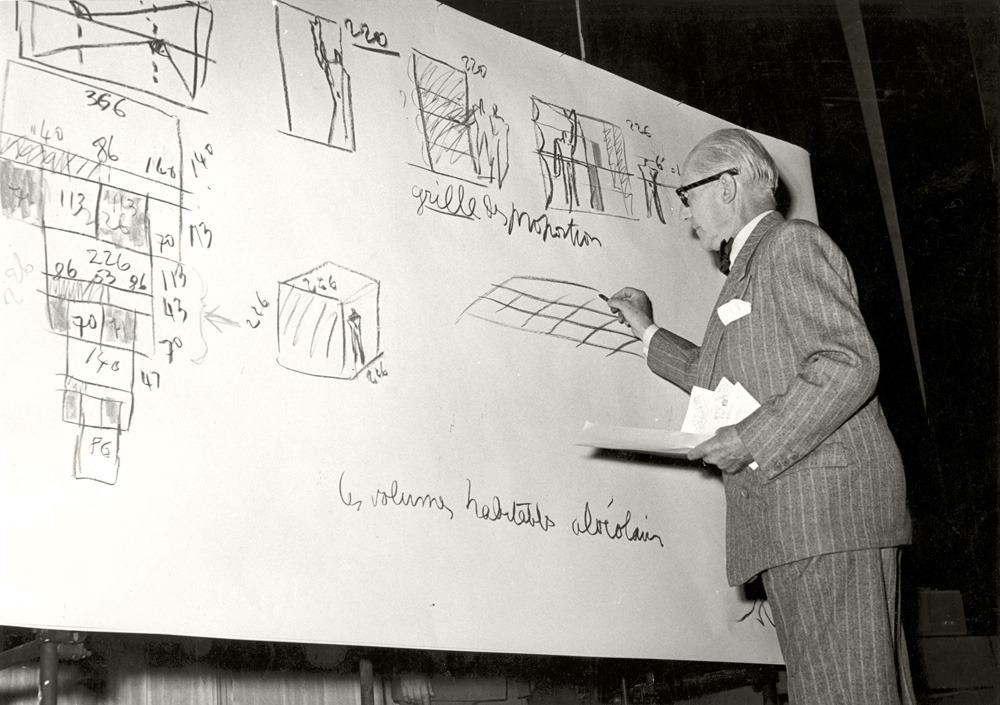


Man as the measure of all things has a long tradition. Not only Leonardo da Vinci’s “Vitruvian Man”, but also Le Corbusier’s system developed from body measurements is world-famous and continues to fascinate not only architects, but also designers and artists. The search for ideal measurements and a universally applicable system of proportions occupied Le Corbusier (1887 to 1965) throughout his life. The exhibition “The Modulor – Measure and Proportion”, which can be visited at the Le Corbusier Pavilion in Zurich until 26 November, illustrates how passionately he devoted himself to the matter and shows models from nature such as the shells of snails or minerals, but also references from art history from the Gothic period to the present day.
The climax of Corbusier’s search for the right measure is the “Modulor”. He developed his own system of proportions between 1943 and 1945 in the hope of an end to the Second World War and the reconstruction that would follow. Corbusier succeeded in placing the proportions of man and the Golden Section in a geometric relationship and deriving two progressions with measurements from them. The measurements complement each other and cover all the dimensions of the human body that are important for the design. With the help of his series of measurements, Corbusier then realised numerous designs – in typography, furniture design, urban planning and architecture, including the Zurich Pavilion. From 1946 onwards, Le Corbusier consistently used the Modulor in all his buildings, whether for the facades of the Duval factory in Saint-Dié, the La Tourette monastery or his legendary “Cabanon” holiday home on the Mediterranean. He even developed the floor plan of Chandigarh in India using Modulor dimensions.
On the lower floor of the pavilion, the most important stages in the development of the Modulor and its applications are traced in pictures, publications, installations and models. On the upper floor, the reconstruction of the panel for the “Mostra di Studi sulle proporzioni” on the occasion of the Milan Triennale 1951 and the new edition of the “Modulor” lithograph can be seen in all its printing stages. Photographs by the Zurich Magnum photographer René Burri as “Le Corbusier’s visual chronicler” round off the show.
More on ndion
Discover more articles on the topic of architecture as well as current exhibitions.
Share this page on social media:

